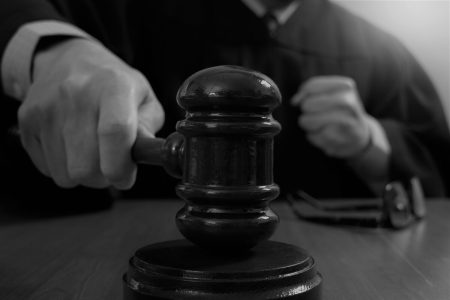With all the righteous celebration of our country’s Independence Day, there are bound to arise all kinds of stories and myths that, well, kind of skim the truth. But the actual facts of the Revolution are so extraordinary and inspiring that we wonder why such myth-making is even necessary.
Just the very thought that a tiny, fractious little bunch of colonies scrunched up on the Eastern Seaboard of a vast, unexplored continent, with little economic or military power that wasn’t derivative from their mother country, would have the audacity to openly defy that mother country, the most powerful nation on Earth, and declare its independence is breathtaking. No myth can top that for astonishment.
So here are a few fun facts, courtesy of History.com, about the Glorious Fourth that you may not know, lost as they are amongst what John Adams called the “Pomp and Parade, with Shews, Games, Sports, Guns, Bells, Bonfires and Illuminations from one End of this Continent to the other” that is the 4th of July.
The Declaration of Independence spent World War II in Fort Knox.
On December 23, 1941, just over two weeks after the Japanese attack on Pearl Harbor, the signed Declaration, together with the Constitution, was removed from public display and prepared for evacuation out of Washington, D.C. Under the supervision of armed guards, the founding document was packed in a specially designed container, latched with padlocks, sealed with lead and placed in a larger box. All told, 150 pounds of protective gear surrounded the parchment. On December 26 and 27, accompanied by Secret Service agents, it traveled by train to Louisville, Kentucky, where a cavalry troop of the 13th Armored Division escorted it to Fort Knox. The Declaration was returned to Washington, D.C., in 1944.
There actually is something written on the back of the Declaration of Independence.
In the movie National Treasure, Nicholas Cage’s character claims that the back of the Declaration contains a treasure map with encrypted instructions from the founding fathers, written in invisible ink. Unfortunately, this is not the case. There is, however, a simpler message, written upside-down across the bottom of the signed document: “Original Declaration of Independence dated 4th July 1776.” No one knows who exactly wrote this or when, but during the Revolutionary War years the parchment was frequently rolled up for transport. It’s thought that the text was added as a label.
One signer of the Declaration of Independence later recanted.
Richard Stockton, a lawyer from Princeton, New Jersey, became the only signer of the Declaration of Independence to recant his support of the revolution. On November 30, 1776, the hapless delegate was captured by the British and thrown in jail. After months of harsh treatment and meager rations, Stockton repudiated his signature on the Declaration of Independence and swore his allegiance to King George III. A broken man when he regained his freedom, he took a new oath of loyalty to the state of New Jersey in December 1777.
See more facts at history.com.








